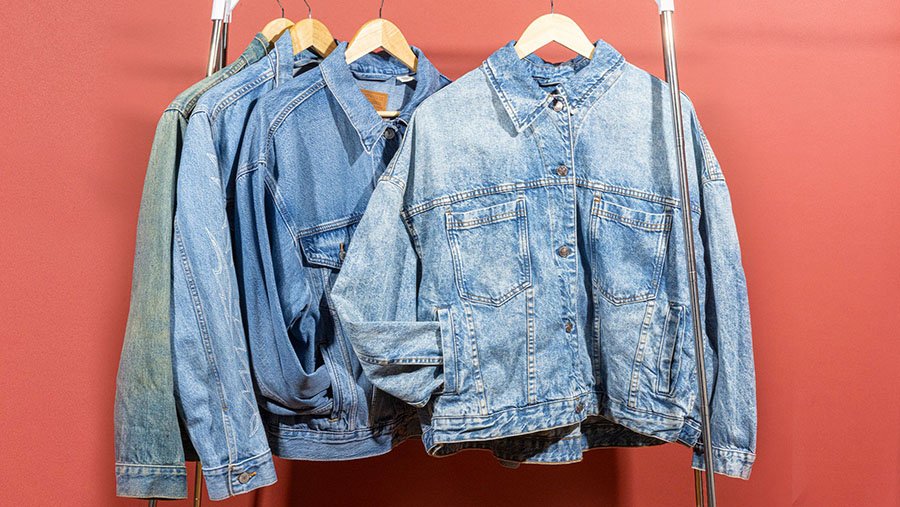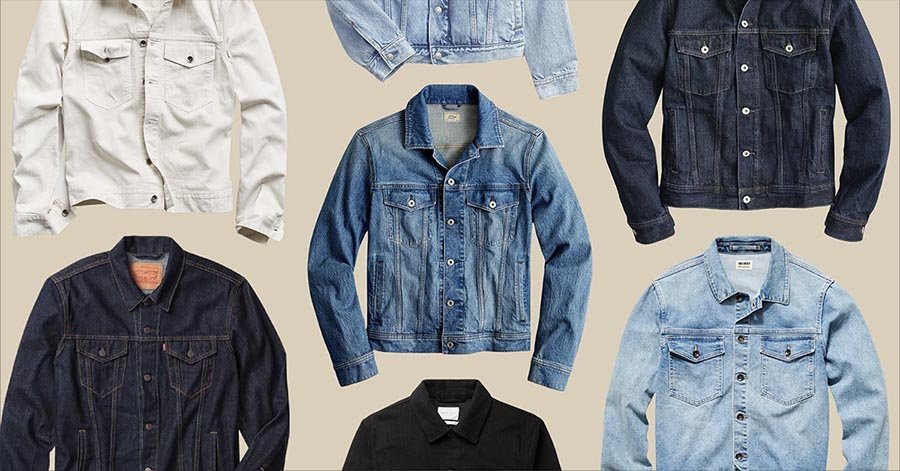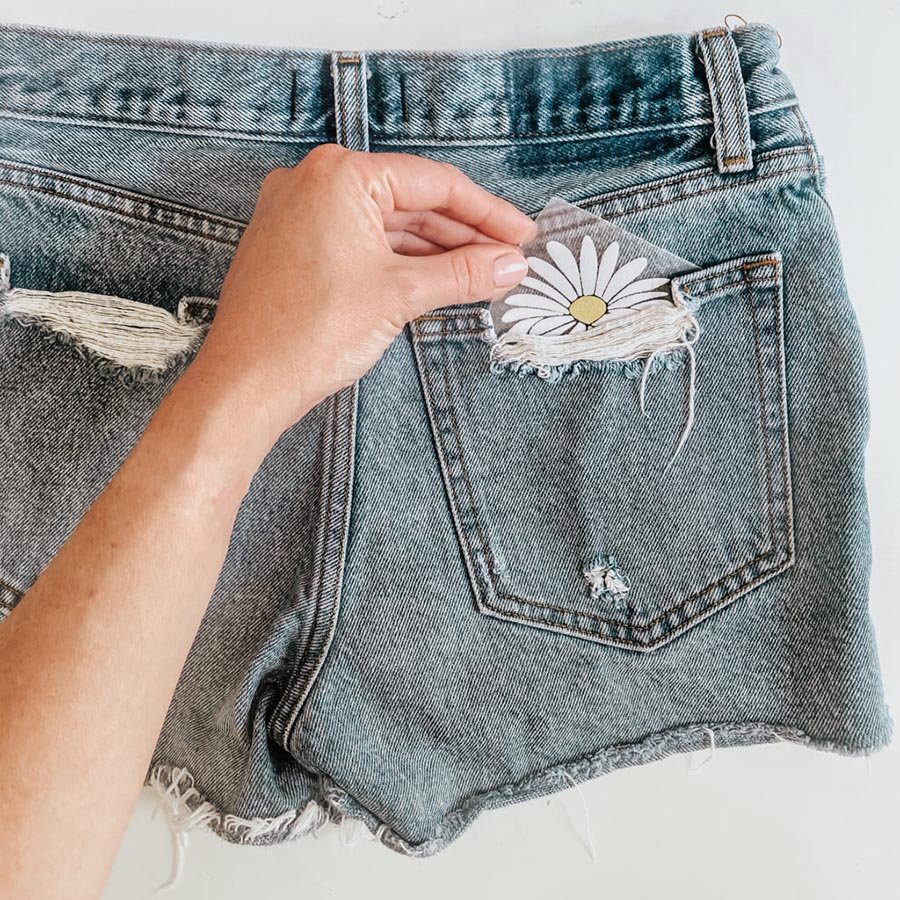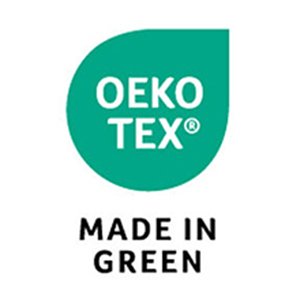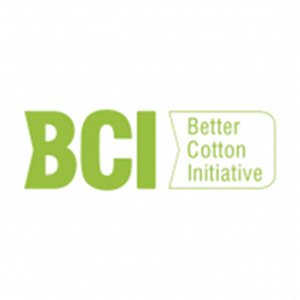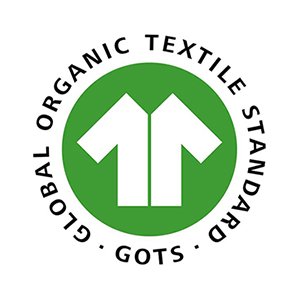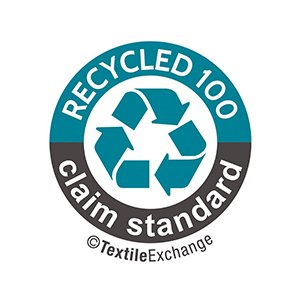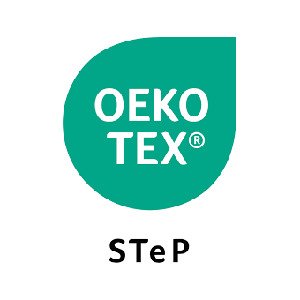When clients inspect denim samples, one of the first technical details they look at is the seam.
Strong seams mean durability, while poorly sewn seams signal weakness.
At Jeanzio, we know that seam choice defines both quality and aesthetics in jeans.
The most common seam sewn on jeans fabrics is the flat-felled seam, which encloses raw fabric edges for strength and durability. Other seam types used in jeans include overlocked seams, mock flat-felled seams, and chain-stitched hems.
Understanding seam types helps brands make better sourcing and design decisions.
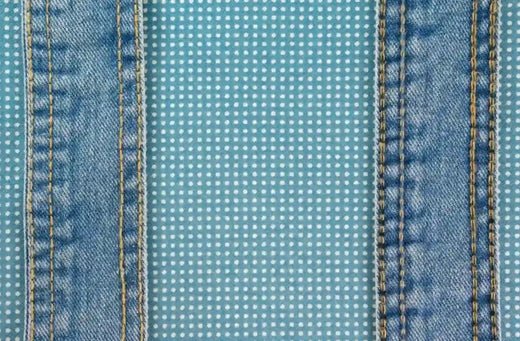
Why are seams so important in jeans?
Seams carry the stress.
Denim is a heavy-duty fabric, and seams are the backbone that keeps garments together through daily wear and washing.
Seam Roles
- Provide structural integrity.
- Prevent fabric fraying.
- Define garment appearance.
- Reinforce high-stress points.
Our Insight
At Jeanzio, we reinforce seams carefully to balance strength, comfort, and style.
What is a flat-felled seam?
The industry standard.

A flat-felled seam folds fabric edges inside and stitches them down, making it one of the strongest seam types used in jeans.
Flat-Felled Benefits
- Extremely durable.
- Fully enclosed raw edges.
- Creates neat inside finish.
- Traditional in premium jeans.
Our Insight
We recommend flat-felled seams for inseams and outseams in premium collections.
Why are overlocked seams used in jeans?
Efficiency for mass production.
Overlocked seams (serged seams) use an overlock machine to bind raw edges, saving time compared to flat-felled seams.
Overlocked Seam Traits
- Quick and efficient.
- Raw edges covered by thread loops.
- Less durable than flat-felled.
Our Insight
We use overlocked seams in side seams for mid-market jeans, balancing cost and speed.
What is a mock flat-felled seam?
The look without the cost.
Mock flat-felled seams imitate the look of flat-felled seams but are faster to produce, using an overlock plus topstitch.
Mock Flat-Felled Traits
- Cheaper alternative.
- Offers clean outside appearance.
- Slightly weaker than true flat-felled.
Our Insight
We recommend mock flat-felled seams for clients targeting affordable collections.
Why are chain-stitched hems iconic?
It’s about authenticity.

Chain stitching at hems is a heritage denim technique that creates a “roping effect” as jeans age and fade.
Chain Stitch Benefits
- Flexible and durable.
- Distinctive fade patterns.
- Strong heritage appeal.
Our Insight
We use chain stitching in premium selvedge denim lines for authenticity.
How do bar tacks reinforce seams?
Small but powerful.
Bar tacks are dense stitches placed at stress points like pocket corners and belt loops to prevent seam tearing.
Bar Tack Functions
- Strengthen pocket openings.
- Secure belt loops.
- Add to durability perception.
Our Insight
We consider bar tacks non-negotiable in jeans construction.
What thread types are best for denim seams?
Strength plus style.
Core-spun polyester thread is standard, with heavier thread used for topstitching.
Thread Guide
- Tex 60–80 for structural seams.
- Tex 90–120 for visible topstitching.
- Orange/yellow thread for heritage branding.
Our Insight
We align thread choice with fabric weight and client branding.
How do different seams impact denim aesthetics?
Seams aren’t just functional.
Seam type, placement, and stitch color influence how jeans are perceived — rugged, minimal, or fashion-forward.
Aesthetic Impact
- Flat-felled = workwear authenticity.
- Overlocked = modern efficiency.
- Mock flat-felled = affordable style.
- Chain-stitched hems = premium heritage.
Our Insight
We show clients how seam design adds storytelling to jeans.
How does sustainability affect seam construction?
Seams can go eco too.
Factories now use recycled polyester threads, organic cotton threads, and optimized stitching methods to reduce waste.
Sustainable Seam Practices
- Recycled thread for structural seams.
- Fewer sewing operations with modern machines.
- Stronger seams to extend garment lifespan.
Our Insight
At Jeanzio, we incorporate eco-certified threads into seam construction.
What should clients check when evaluating seams?
Seams reveal whether jeans will last.
Client Checklist
- Identify seam type (flat-felled, overlocked, etc.).
- Inspect stitch consistency and density.
- Check reinforcement at stress points.
- Review thread type and color.
- Test durability after washing.
At Jeanzio
We provide seam audits and QC reports during bulk production.
Conclusion
The most common seam sewn on jeans is the flat-felled seam, valued for its durability and clean finish.
Overlocked, mock flat-felled, and chain-stitched hems are also widely used, each balancing cost, speed, and aesthetics.
At Jeanzio, we guide clients in selecting seam types that align with brand positioning, ensuring jeans are both strong and stylish for the market.


